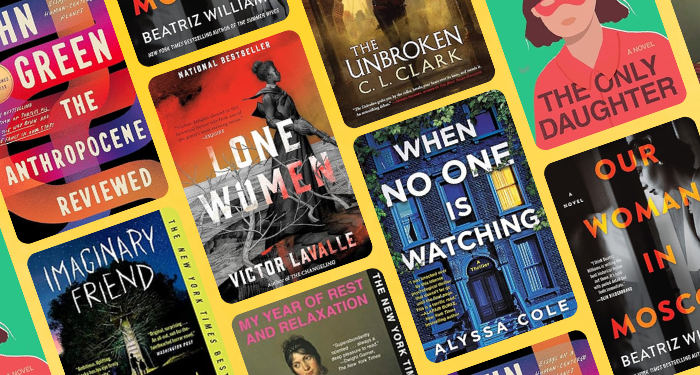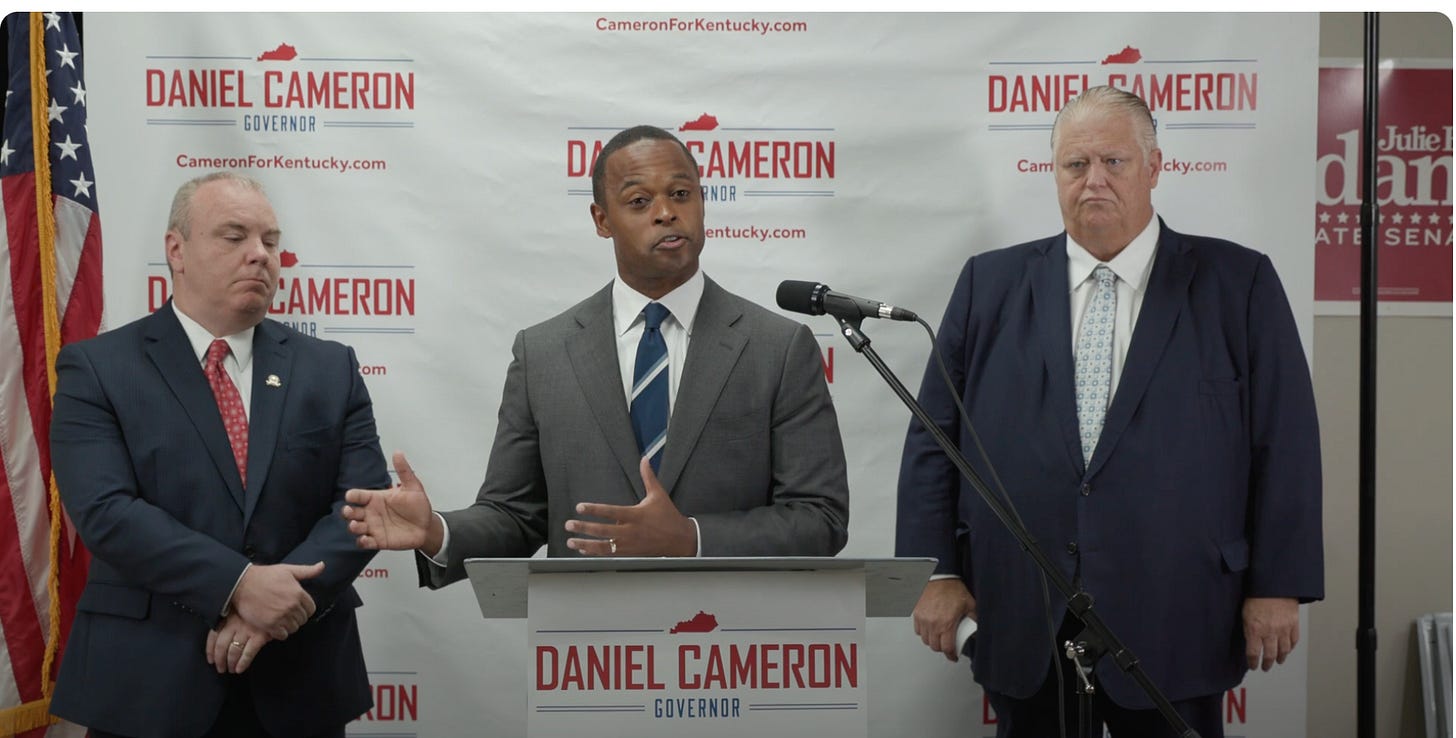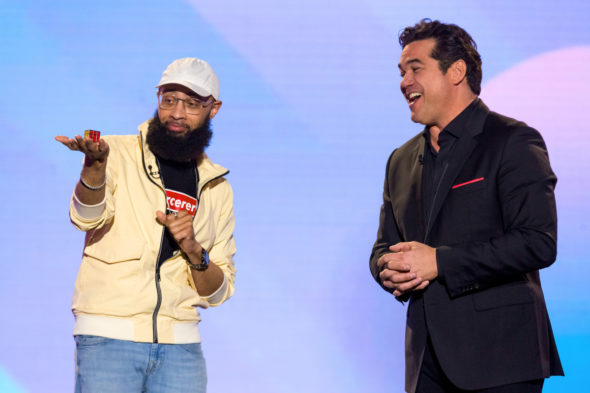De Sica’s “Bicycle Thieves” was the film that sparked his youthful interest in cinema. At 19, he enrolled in UCLA to study film but quickly became disillusioned. While he wanted to learn about Antonioni and Godard, he said his professors “were the kind of people who had not been able to make it in Hollywood themselves but would bring the rotten atmosphere of Hollywood into the class and impose it on us.” Disgusted, he switched his major to philosophy.
Back in Iran, he made his first feature, a James Bond takeoff that didn’t perform at the box office but was noted for its technical sophistication. That virtue was a hallmark that would continue throughout his career. A few years ago, I interviewed the great cinematographer Mahmoud Kalari, who has worked with all the major Iranian auteurs. He told me that the Mehrjui was the one most thoroughly conversant with “the language of cinema,” such that he paid attention to the smallest details in a production. You can see that skill in “The Cow,” the 1969 film that is regarded to have launched (along with Masoud Kimia’s “Gheysar”) the decade of hyper-creativity known as the Iranian New Wave (1969-79).
Set in an impoverished village surrounded by desert, the B&W film has sinuous photography that looks as impressively conceived and executed today as it did then. And then there are the actors. Like Ingmar Bergman, Mehrjui had a stock company that he worked with over and over. It begins with Ezzatollah Entezami, who serves up a justly celebrated mad scene in “The Cow.” Kalari told me something I hadn’t thought about before. He said Mehrjui would cast an actor because he sensed an affinity with the character he was to play, and thereafter the actor would take aspects of that character on to other films and roles. (Think John Ford and John Wayne.) The trend continued with Mehrjui’s next film, “Mr. Simpleton” (a.k.a. ”Mr. Naïve,” 1970), a major hit that launched lead actor Ali Nassirian to stardom. After the Revolution, Mehrjui’s autographical comedy “Hamoon” (1990), one of his greatest and most popular films, starred actor Khosro Shakibai, who, observers said, imitated the director in that film and in others afterward.
Mehrjui’s run-ins with the government began while the Shah was still in power. His last film before the Revolution, “The Cycle” (a.k.a. “The Mina Cycle,” 1975/1978), a searing drama about illegal blood trafficking, was banned for three years, after which it became Iran’s first nominee for the Best Foreign Language Film Oscar. As the Revolution approached, Mehrjui went to France and filmed the Ayatollah Khomeini and then, after the Shah’s fall, rode in Khomeini’s plane back to Tehran. It is said that because Khomeini had seen and liked “The Cow,” he gave permission for cinema to continue after the Revolution. That benediction inspired a group of young intellectuals in the government to begin rebuilding Iran’s film industry in the early ‘80s, which included inviting some pre-revolutionary directors to resume working.
























































![Key Metrics for Social Media Marketing [Infographic] Key Metrics for Social Media Marketing [Infographic]](https://www.socialmediatoday.com/imgproxy/nP1lliSbrTbUmhFV6RdAz9qJZFvsstq3IG6orLUMMls/g:ce/rs:fit:770:435/bG9jYWw6Ly8vZGl2ZWltYWdlL3NvY2lhbF9tZWRpYV9yb2lfaW5vZ3JhcGhpYzIucG5n.webp)





















